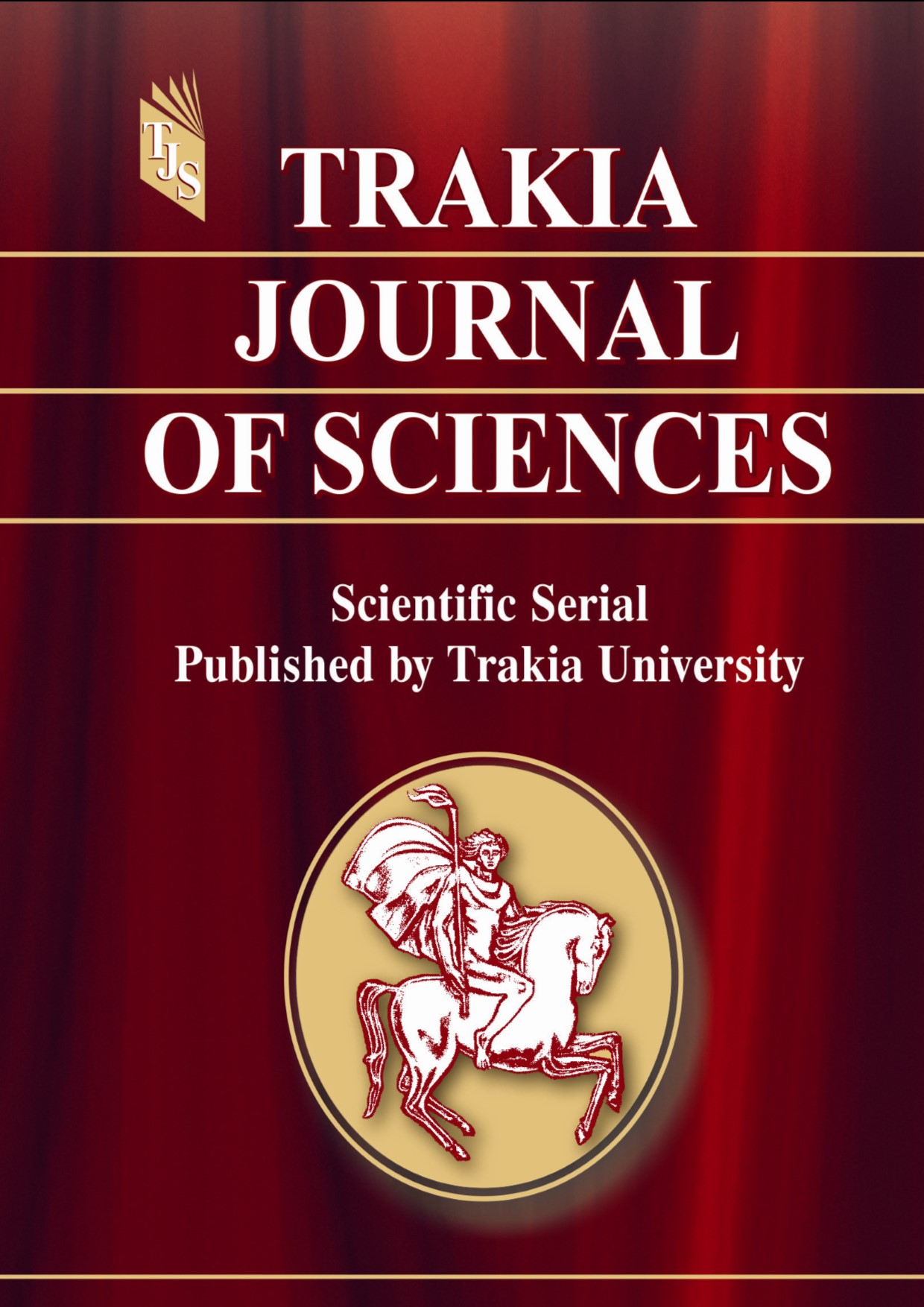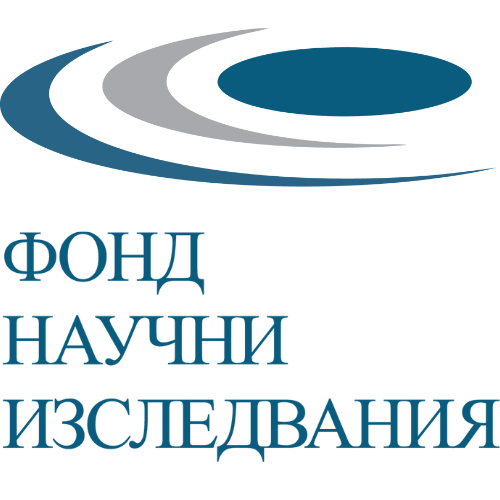REHABILITATION IN GUILLAIN-BARRÉ SYNDROME: THE ROLE AND NECESSITY OF ORTHOTIC DEVICES
DOI:
https://doi.org/10.15547/tjs.2025.s.01.009Keywords:
orthoses, rehabilitation, motor recovery, functional support, assistive devicesAbstract
Guillain-Barré syndrome (GBS) is an acute inflammatory autoimmune polyneuropathy that leads to sudden and progressive muscle weakness, often starting in the lower limbs and involving the respiratory musculature. It is the leading cause of acute flaccid paralysis in developed countries. The main clinical features include rapidly progressive symmetrical weakness, areflexia, and frequently sensory and autonomic disturbances. Despite the availability of effective therapies such as plasmapheresis and intravenous immunoglobulins, rehabilitation plays a crucial role in the functional recovery of patients. Timely diagnosis and initiation of rehabilitation are essential for functional restoration. The rehabilitation approach involves individually tailored physical therapy, the use of orthoses, and other assistive devices. The aim of this article is to explore the importance of orthopedic braces as a means of stabilization, gait support, and prevention of complications in patients with GBS. Materials and Methods: This article is based on a review of scientific literature published in international peer-reviewed journals dedicated to Guillain-Barré syndrome and modern rehabilitation strategies. Conclusion: Rehabilitation in Guillain-Barré syndrome requires a multidisciplinary approach and early incorporation of orthotic therapy. Orthopedic braces not only stabilize the joints but also facilitate recovery, improve quality of life, and reduce the risk of long-term disability. Their individualized application is recommended even in the early stages of recovery.
References
Willison HJ, Jacobs BC, van Doorn PA. Guillain-Barré syndrome. Lancet. 388(10045):717-727р 2016.
Yuki N, Hartung HP. Guillain-Barré syndrome. N Engl J Med. 366(24):2294-2304, 2012.
Van den Berg B, Walgaard C, Drenthen J, et al. Guillain-Barré syndrome: pathogenesis, diagnosis, treatment and prognosis. Nat Rev Neurol. 10(8):469-482. 2014.
Khan F, Amatya B. Rehabilitation in Guillain-Barré syndrome: a systematic review of the literature. J Rehabil Med. 44(7): 1-9. 2012.
Willison HJ, Jacobs BC, van Doorn PA. Guillain-Barré syndrome. Lancet. 2016;388(10045):717-727.
Houlahan M, Gintings N, Burdon M, Ashby S. An exploratory international survey of the assessments and interventions used by occupational therapists and physiotherapists during the hospitalization of people with Guillain-Barré syndrome. Nurs Health Sci. 25(3):302-310. 2023.
Robinson, C., Major, M. J., Kuffel, C., Hines, K., & Cole, P. Orthotic management of the neuropathic foot: an interdisciplinary care perspective. Prosthetics and orthotics international, 39(1), 73-81. 2015.
Garssen MPJ, Bussmann JBJ, Schmitz PIM, et al. Physical training and fatigue, fitness, and quality of life in Guillain-Barré syndrome and CIDP. Neurology. 63(12):2393-2395. 2004.
Pazzaglia M, Molinari M. The embodiment of assistive devices—From wheelchair to exoskeleton. Phys Life Rev. 16:163–175. 2016.

Downloads
Published
Issue
Section
License

This work is licensed under a Creative Commons Attribution-NonCommercial 4.0 International License.


